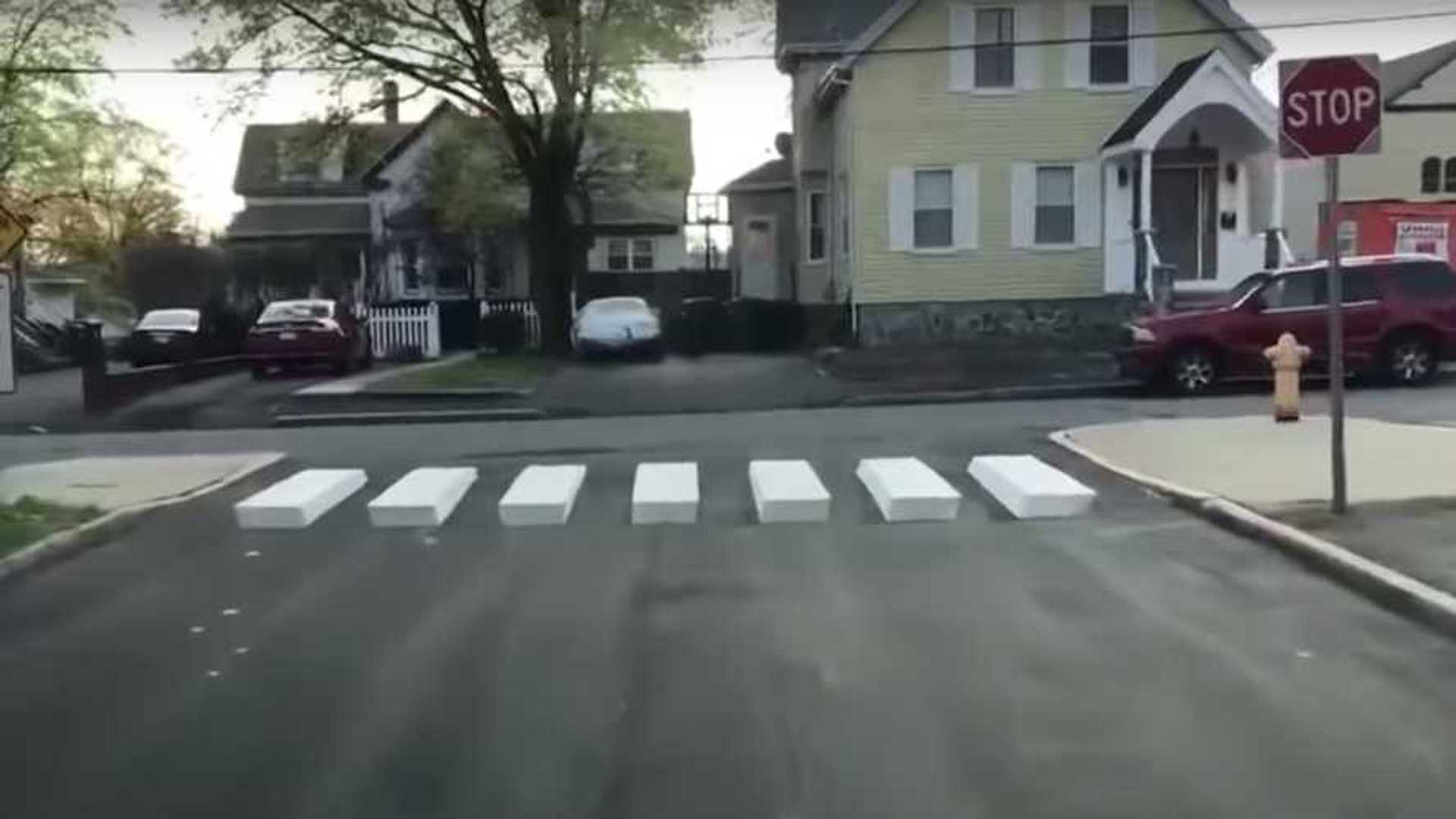We believe it would work.
Speeding is the most common cause of accidents. It is quite logical and self-explanatory to the point where we don’t feel the need to explain why.
An IIHS study found that faster speeds are responsible for more deaths than in 1993.
There are speed limits in the United States, but they are mostly enforced on major highways and thoroughfares. The enforcement of speed limits is not uniform across the country. There are some states like West Virginia where cops are more gentle with speeders, while Wyoming, for example, is considered a hot spot for speeding cars. According to a study , it is at least.
If stop signs aren’t enough, it’s time for a more emphatic solution.

Not everyone can be responsible enough to keep to the speed limits and monitor their own speeds. These people are more likely to be found in residential and urban areas, where speed limits may not be strictly enforced. Some drivers don’t think about the consequences of their actions, despite the existence of school zone warnings and stop signs.
A 10-year-old sees the problem in Medford, Massachusets. A report by WCVB channel 5 Boston shows that a young girl named Isa saw the problem in her area. Isa came up with a solution. She suggested three-dimensional crosswalks.
The 3D crosswalk, as seen in the above image and the video at the top of the page, seems to be a feasible solution to speeding in areas with pedestrians and children. It creates an optical illusion, which would make drivers believe they are going over an elevated speed bump.
This solution is easy and inexpensive, and we believe other areas similar to this one should also adopt it.